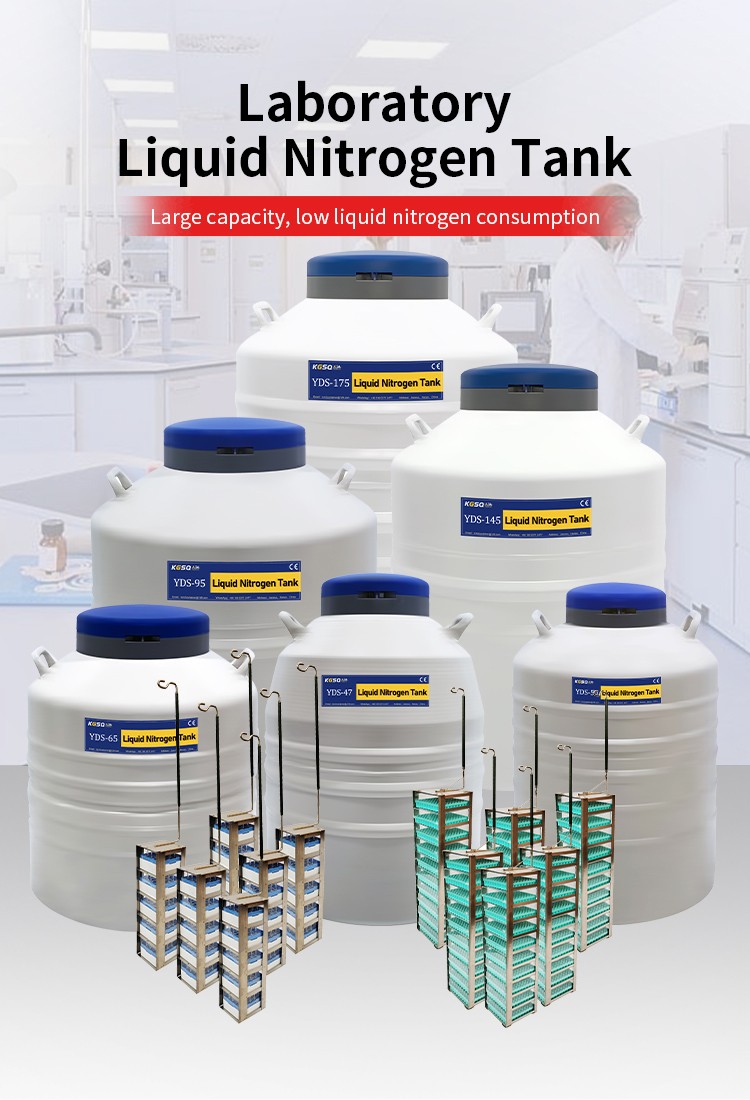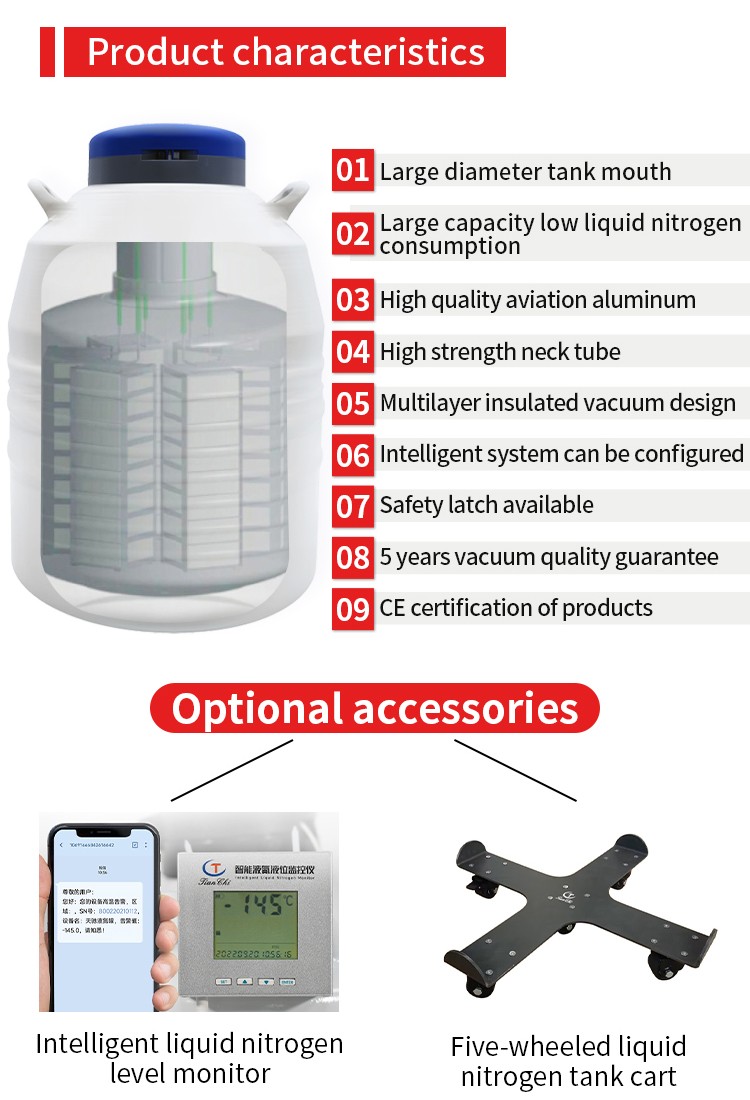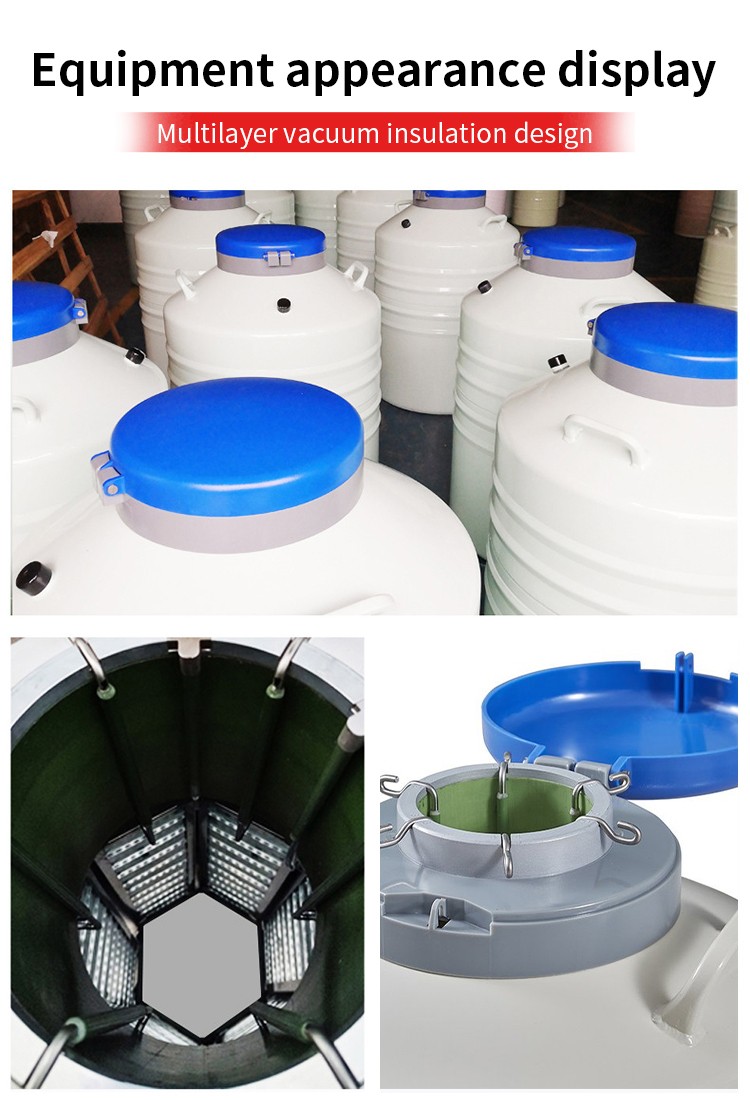Frozen embryos are one of the prerequisites for implementation, the other is the cultivation of embryos.
After the eggs and sperm are completely extracted, in order to ensure the viability of the eggs and sperm, they will immediately enter the cryopreservation stage, suspend their life activities, and then complete insemination in an external culture system to complete the embryo development. After the embryo is transplanted into the uterus, it still needs to be stored at low temperature. The method of preservation is to put it into a low-temperature medium - liquid nitrogen. Since the temperature of liquid nitrogen is much lower than normal temperature, organisms in direct contact will be frozen. Otherwise, the plastic will be frozen brittle. In order to ensure the vitality of the sperm and egg "combination" embryo, a special liquid nitrogen container is needed to store it. We can also call it an embryo storage tank, because it is used for embryo storage at this time.
The embryo storage tank is composed of two layers: an inner and outer bladder. The inner and outer layers are insulated by a vacuum. It has good thermal insulation and can reduce liquid nitrogen consumption. Even so, the liquid nitrogen balance and temperature in the tank need to be tested every day to ensure that the ambient temperature of the cryopreserved embryos is normal and stable.
In order to ensure the safety of the embryos and improve work efficiency, we can install a liquid level alarm, which can detect the liquid level in the tank. When the ambient temperature reaches the upper and lower limits, an alarm will sound to remind the staff to replenish liquid nitrogen in time. It also supports text messages. , telephone, and email alarm functions. The addition of a liquid level alarm can avoid embryo loss caused by insufficient liquid nitrogen.
This safety measure ensures the safety of the embryonic baby to a certain extent, preventing the embryonic baby from being harmed by the external environment and receiving the same careful care as in the mother's body. It not only improves the success rate of IVF, but also improves the efficiency of laboratory work management.
Moreover, using embryo storage tanks to freeze embryos ensures their vitality during the period between the completion of cultivation and delivery to the mother, reducing damage to the embryos due to temperature changes, etc., and ensuring the success rate of IVF.















